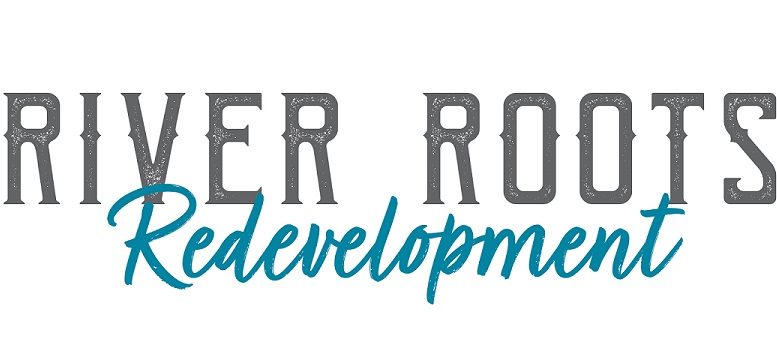Ecological or riparian buffers or greenways are the areas along the edge of a development project that are put in place to protect sensitive surrounding areas like wetlands or nesting sites. Their purpose is to lessen the impacts of the project on these critical areas. They are also used to mitigate negative impacts on watershed health and provide habitat and movement corridors for wildlife.
Buffers can look different, depending on the specific function needed for each space. For example, a buffer created to reduce erosion and runoff into local water sources will contain features that help stabilize the soil and trap pollutants. At the same time, a greenway whose purpose is biodiversity will have a focus on temperature control with shade trees and habitat considerations, and will likely be a large buffer space.
The connectivity of buffers is also important. As an island, a buffer would have little effect on these areas, but by connecting buffers to each other and to an interior ecosystem, they can be successful. This creates not only a corridor for wildlife movement, but often can help provide access to greenspaces for humans in the form of walking trails, observation points or birdwatching areas.
These ecological buffers are vital in development, but they are equally important to consider in redevelopment. As we are working to reinvent these spaces, we must consider the environmental impacts. Starting with assessments and core samples and testing, strategic plans are put in place to clean up existing contamination and lessen all future impacts. Unfortunately, this step often takes a long time and is sometimes why years can go by seemingly without any progress being made on a project, especially with brownfield projects that have high potential contamination levels.
Beyond the remediation process, redevelopers work to ensure that there are green spaces within the project and create buffers, as needed, to protect the future of the surrounding environment. Natural areas that allow for thriving wildlife and can also be enjoyed by people are included in the design and planning stages with things like native plants for landscaping, and eventually, a picture starts to form.
Want to continue the conversation? If you would like to learn more or if you would like to get involved or have your voice heard, I’d love to hear from you! You can reach out via email: rachel@riverrootsredevelopment.org. Weather permitting, we will be Divani Chocolate every Friday from 1-3 pm for our Foxburg Fridays Coffee Chats, where you can find out more about local projects and share your own ideas with some of those involved in local redevelopment. Keep an eye on our website (riverrootsredevelopment.org) and Facebook page (@RiverRootsRedevelopment) for updates!
Rachel Brosnahan is the Community Engagement Coordinator for River Roots Redevelopment. She can be reached by email at rachel@riverrootsredevelopment.org.








































